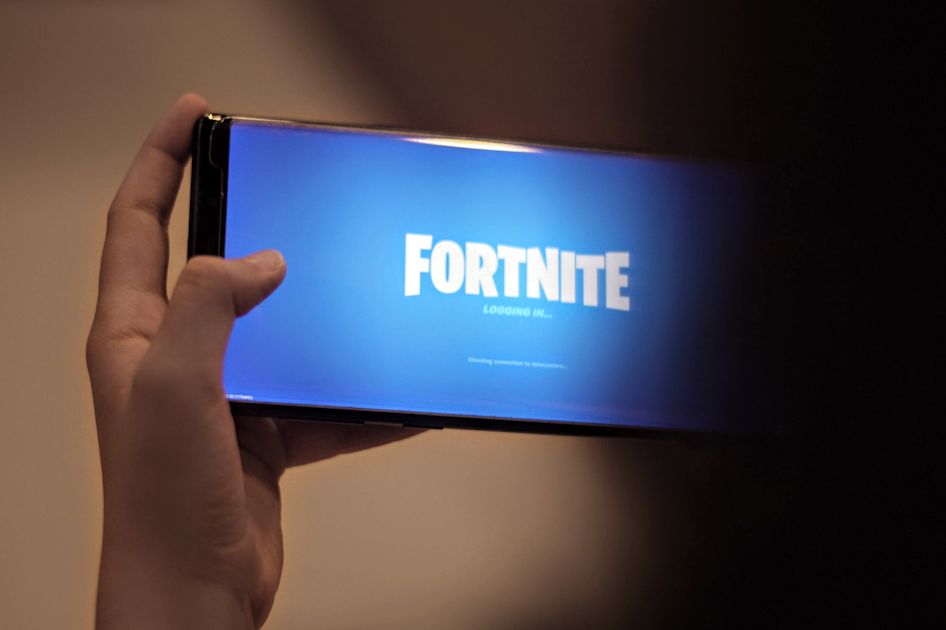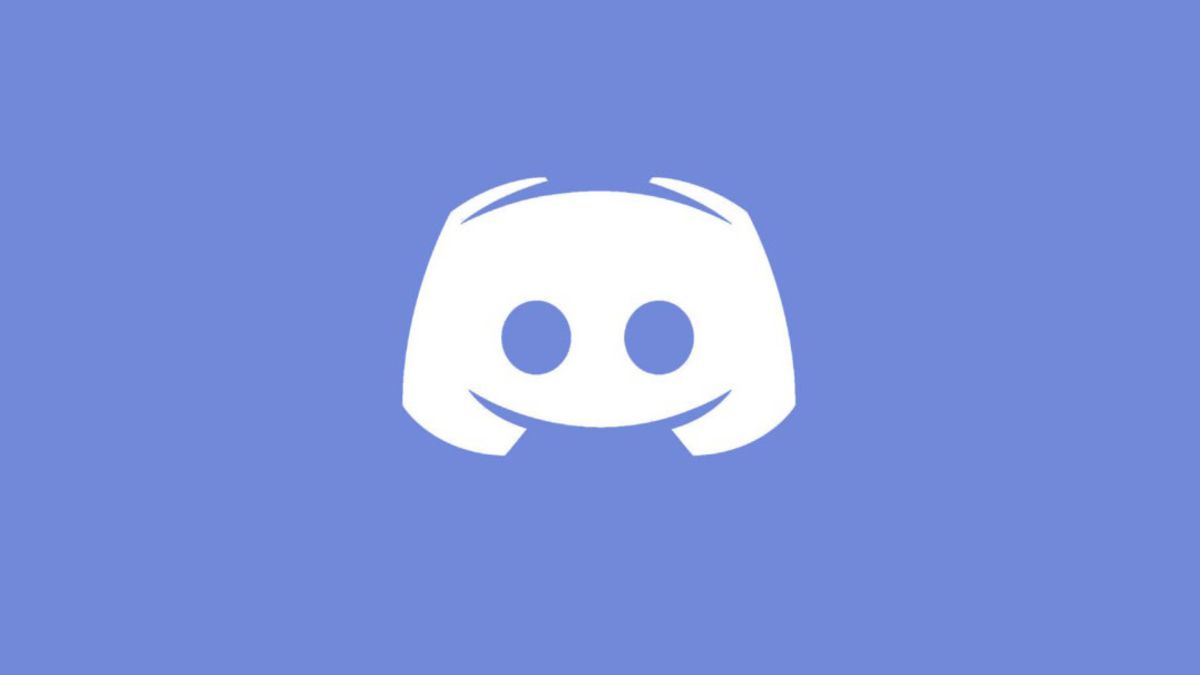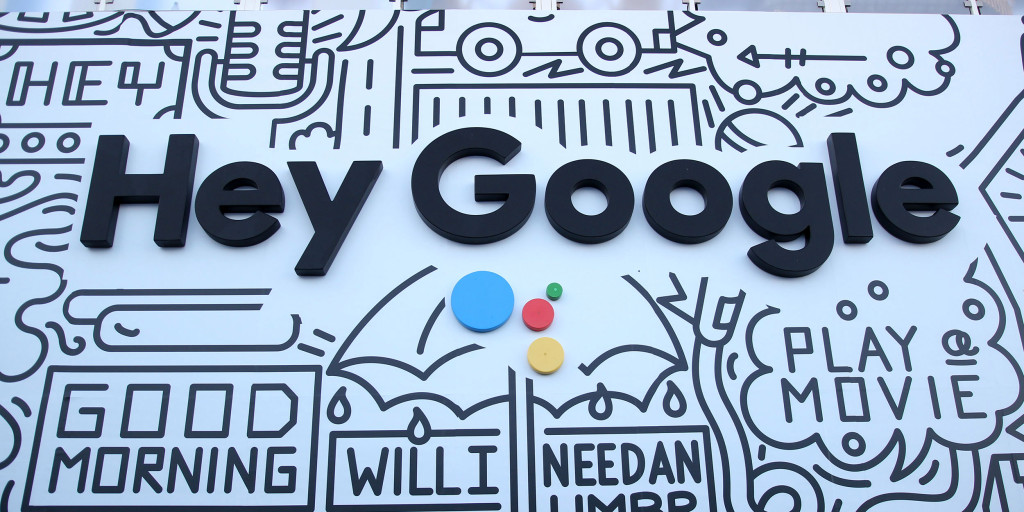The iPhone SE just put every cheap Android phone on notice — here’s why
Home
News
(Image credit: Apple / Google)
When the new iPhone SE was announced, I was skeptical. Another iPhone usually means another overpriced fashion accessory, offering features that Android phones had two years ago, but at a much higher price.Then I saw that the device costs only $400, and I was forced to stop and reconsider the calculus.What struck me about the iPhone SE isn’t necessarily its price. You can get many Android phones for $400, or even less. But having racked my brains and polled my phone-savvy coworkers, I can’t think of a single $400 Android phone that offers the same functionality, particularly when it comes to the speed of the processor or the quality of the camera. (You can often get one, but not the other.)iPhone SE review: An amazing $399 valueThe best cheap phones you can buy nowDespite its relatively modest price, the iPhone SE is very much a flagship-caliber phone. And it’s troubling that Android manufacturers, which pride themselves on producing more affordable devices, can’t offer a similarly full-featured phone in the same price range. It’s not enough to make me ditch the more open and intuitive Android OS, but I wonder how many other prospective buyers might feel inclined to make the jump.Which Android phones can you get for $400?First off, let’s try to compare apples to apples. You can get an Android phone for as little as $50 through certain providers, but they’re generally low-powered models such as the LG Tribute, the ZTE Blade A7 or the Samsung Galaxy A10 — and even then, you usually need to buy them along with a contract for a low-cost provider like Cricket or Boost Mobile. I’m sure they get the job done, but let’s assume that the sweet spot between functionality and price is about $400. Apple certainly seems to think so.Moto G7 Power Believe it or not, there are simply not many Android phones from major manufacturers in this price range. They tend to cost $250 or less, like the Moto G Power, or more than $800, like the OnePlus 8 Pro. In fact, discounting older, fancier phones that have started to drop in price, the only major Android phones I could find in the $400 range were the Samsung Galaxy A50 ($350), the Nokia 7.2 ($350) and the Google Pixel 3a ($400).Galaxy A50 (Image credit: Tom’s Guide)Let’s examine the Galaxy A50 and the Nokia 7.2 briefly. While the A50 sports a gorgeous display and an up-to-date version of Android, its camera lagged behind as soon as it came out, and its processor was just good enough. Likewise, the Nokia 7.2 has a great screen and a solid construction, but its performance and camera just don’t measure up to more expensive models. Both phones are excellent for the price — “for the price” being the operative words.Pixel 3a (Image credit: Tom’s Guide)The Pixel 3a, though, is the closest model to the iPhone SE currently available. It’s from a manufacturer that can go toe-to-toe with Apple in terms of resources and influence. It also sports a fantastic camera, a state-of-the-art OS and a gorgeous screen. And yet, the device doesn’t offer a best-in-class processor, wireless charging, or water resistance — all three of which the iPhone SE has. (Remember: The iPhone SE uses an A13 Bionic processor, which is exactly the same chip you get in all of the iPhone 11 variants.)To be fair, all three of these devices are somewhere between a few months and a year old, and you’d naturally expect a brand-new phone to be more powerful and feature-rich than an older one. However, the issue isn’t so much that Android’s mid-range phones aren’t as powerful as Apple’s; it’s that there are so few of them, and they all make major compromises.A $400 Android phone feels like it’s hacking out important features in order to keep the price low; a $400 iPhone feels complete, with the option to spend $1,000 or more if you want something truly luxurious.What can Android do next?Of course, I don’t think that Android is suddenly going to wither and die overnight because Apple came out with a better mid-range phone. There’s always going to be push and pull between the two operating systems, and each setback also represents a learning opportunity. The excitement about the iPhone SE sends a clear message: Consumers want full-featured, quality phones with no cut corners, but also no expensive bells and whistles. They’re willing to pay hundreds of dollars, but only if they get something that’s really going to last for years in return.If Android manufacturers excel only at the super-cheap and super-expensive ends of the spectrum, they’re missing a huge chunk of everyday users. These customers don’t need powerhouse mobile devices, but they do need excellent cameras, long battery lives and as much water resistance as manufacturers can build in. (If you really expect a phone to last for three or four years, you have to make sure it can withstand a brush with a kitchen sink or a puddle.)(Image credit: Tom’s Guide)Consider, also, the iPhone SE’s greatest strength: a guaranteed four years of security updates. While they’re not as exciting as new processors or gorgeous cameras, security updates are often what sets apart a functional phone from a compromised brick. Cybercriminals target smartphones all the time, but Android phones tend to get support for only two years; often even less. Even if there were an Android phone directly comparable to the iPhone SE, it would be a worse value, because it wouldn’t last as long.Of course, Android manufacturers aren’t going to sit idly by over the next few months. Google’s Pixel 4a is on the way, and it’s rumored to feature a larger display than the iPhone SE along with better cameras. My colleague Adam Ismail has already argued why the upcoming Google Pixel 4a could trounce the iPhone SE — and I agree with him.But at the same time, isn’t it odd that only Google seems to care about the $400 price range? Android’s greatest strength over iOS has always been its variety of phones, and yet at present, there’s only one serious direct competitor for the iPhone SE planned. If current models available are any indication, we may get another two or three before the end of the year. That’s not really enough.Both Android manufacturers and Apple have done a great job of convincing consumers that a $1,000+ smartphone is going to add something to their lives that a solid $400 phone wouldn’t. But with the introduction of the iPhone SE, perhaps the pendulum is ready to swing back the other way. If the only thing an extra $600 buys you is an exceptional camera, super-premium phones become a much tougher sell. Android, with its penchant for cheap and mid-range phones, should have been right on top of this; instead, it’s left to play catch-up.What Android needs in the short term is a phone like the Pixel 4a — but after that, it needs another five or six phones like the Pixel 4a, each one offering something that an iPhone can’t, or won’t. I’ll never buy an iDevice, and I know plenty of other folks who feel the same way. But there does come a point at which the competition merits serious consideration, and for a lot of people, I think that point is going to be $400.



